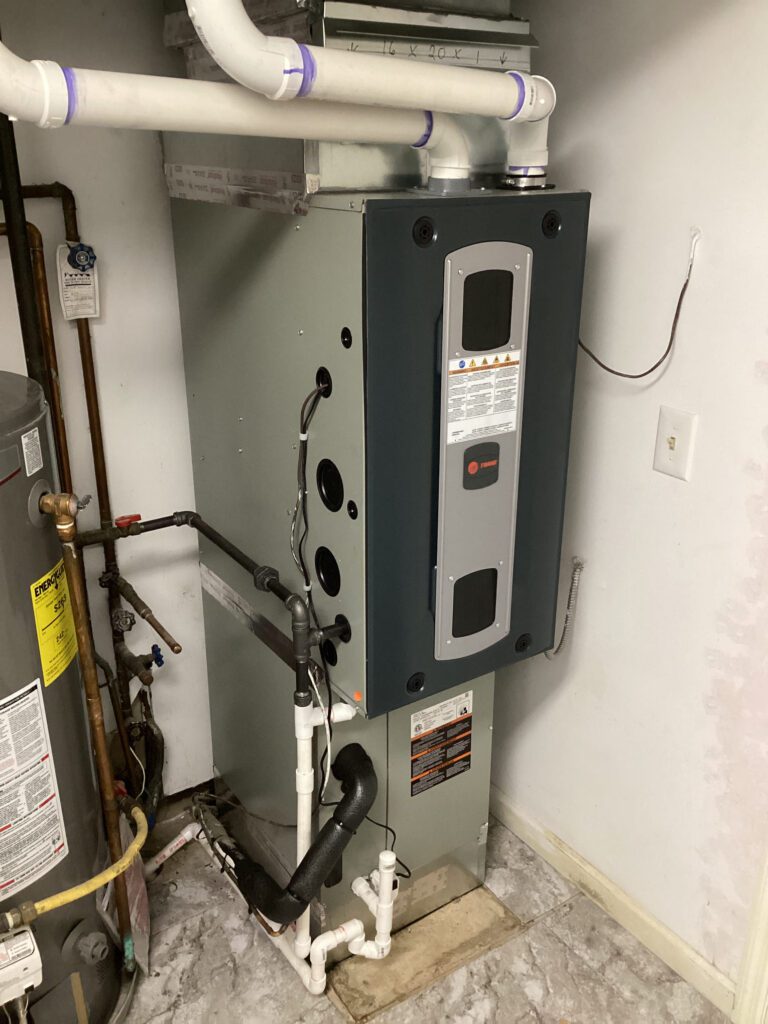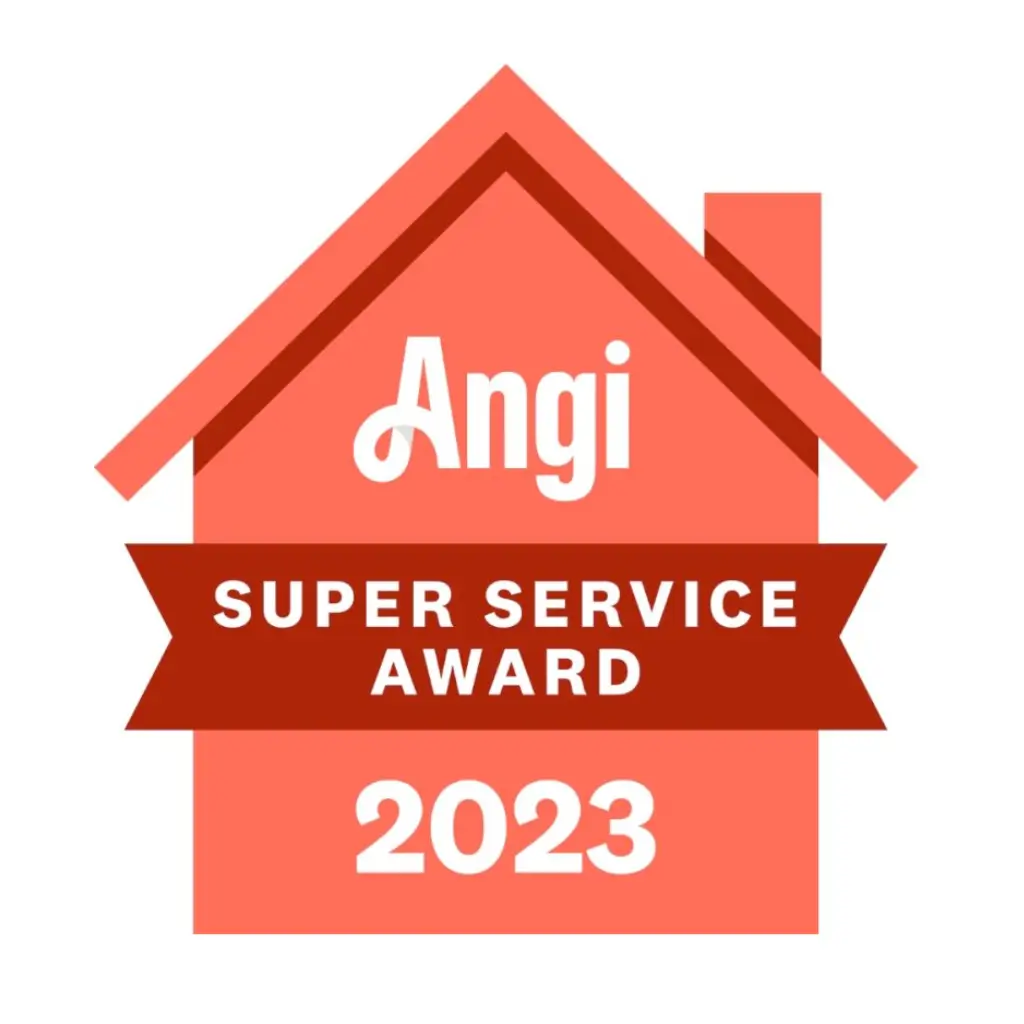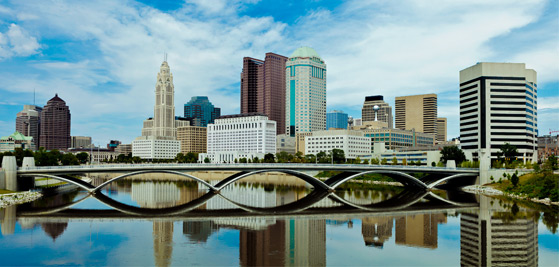What is a Furnace Tune-Up?
A furnace tune-up is an annual maintenance service where a qualified HVAC technician will thoroughly inspect your furnace system. The technician will test and adjust numerous system components to improve efficiency, extend equipment life, and prevent future breakdowns or failures.
During a tune-up, the technician will check many key elements like the burner, heat exchanger, blower motor, gas lines, and more. They will also monitor functions like airflow, make adjustments, and test safety controls. A proper tune-up saves money over time and helps to keep your home warm all winter long.
Average Cost of a Basic Furnace Tune-Up
The average furnace tune up cost of a basic furnace tune-up varies significantly by region and service provider. Northeastern states tend to be the most expensive. This relates to higher wages and heating demands during cold winters. Midwestern states are mid-range per tune-up on average, while southern states fall on the lower end. Western states can span wider costs depending on population density differences. So, while nationwide pricing typically stays within $75 to $150, your local market can diverge higher or lower based on climate, labor, and energy costs. Some companies offer free estimates for system replacement at this time as well, especially if something glaring is found during system testing. There may also be maintenance plans available depending on your service provider. Budget for your fall tune up when planning your yearly home maintenance costs.
Additional factors impacting tune-up pricing are:
- Furnace type and efficiency – Fuel source and efficiency rating may impact the cost of your maintenance
- Age of your furnace – Newer models may cost less and require less time to test and check performance
- Local labor rates – Pricing can be higher in expensive metro areas
What’s Included in a Basic Tune-Up
A basic furnace tune-up could include the following:
Furnace Maintenance and Inspection
- Clean furnace burners and clear debris using special brushes and nozzles. Clear flame sense ports of soot so the flame sensor functions properly.
- Inspect heat exchanger to ensure high heating efficiency and safe CO levels. It is important to assess and clear any blockages.
- Check flame sensor operation and adjust position if needed to ensure signal strength within specifications.
- Ensure blower blades, condenser coils, and other housing components are clean to maximize airflow that drives heat transfer.
- Lubricate motors and bearings on the blower unit, combustion fan, etc. Re-oil for efficiency and longevity.
- Seal up any air gaps, allowing room air into ducting that could reduce heating capacity.
Comprehensive Safety and Performance Testing
- Analyze ignition system spark and properly calibrate for quick heating cycle start.
- Connect manometer to measure gas line pressure and volume for ideal combustion.
- Use a thermometer and meter to assess temperature rise through the furnace operational cycle. Helps identify heat transfer issues.
- Test high-limit controls, pressure switches, and flame rollout sensors to verify safe functioning. Calibrate if needed.
- Determine proper CFM airflow coming from vents to calculate duct static pressure.
Annual Maintenance Essentials
- Filter replacement – Replacing filters for new, clean 1” MERV standard filters, or consider upgrading to an electronic filtration system.
- Examine and reinforce loose electrical, fuel line, and exhaust connections.
- Do a visual inspection for cracks, corrosion, or component degradation to determine the overall operational health of the system.
This covers all fundamental maintenance to assure smooth, efficient operation and long furnace life. Upgrades like improved air filtration may cost extra.
DIY Furnace Tune-Up vs Professional
Is it cheaper to tune up your own furnace? Maybe, with the right skills.
DIY Tune-Up Cost
It may seem convenient to purchase some basic tools and parts to service your furnace on your own. However, without proper HVAC training and diagnostic equipment, you likely won’t spot underlying mechanical issues or optimization opportunities. Over time, minor problems can escalate into complete furnace failures or safety hazards if unaddressed.
Rely on a Trusted Professional Yearly
Hiring an HVAC technician to perform a yearly furnace tune-up and maintenance check typically ranges from $75-$150. While an upfront investment, the long-term benefits make it well worthwhile:
- Skilled diagnosis of issues through advanced testing procedures
- Adjustments for peak efficiency and performance
- Ensuring safe operation and reliability
Paying an expert to tune your furnace provides complete peace of mind. Their depth of furnace system knowledge simply can’t be matched through DIY maintenance attempts. They also carry necessary replacement parts on their truck for any fixes – avoiding wait times.
Discuss annual furnace maintenance plans with providers. These packages help reduce yearly cleaning costs by locking in discounted rates upfront. This prevents unexpected breakdowns down the road.
Add Duct Cleaning for Added Value
In addition to tuning up the furnace itself, many homeowners choose to have their HVAC company clean the ductwork, too. Air duct cleaning costs an extra $400 to $800+ on average.
Benefits of adding duct cleaning include:
- Remove built-up dust and allergens in air ducts
- Improve indoor air quality
- Increase airflow and efficiency
- Extend furnace filter life
Ventilation ducts easily accumulate pollen, pet hair, construction debris, and particles over years of use. A thorough internal cleaning clears out nasty triggers for allergies or asthma. Combining furnace maintenance and duct cleaning creates optimal home air quality and temperature comfort.
Some companies offer discounts when bundling furnace maintenance plan with duct cleaning. This combo maintenance plan can actually save money long-term.
Checking for Carbon Monoxide Leaks
A key aspect of any furnace tune-up is testing for dangerous carbon monoxide gas leaks from incomplete fuel combustion. High carbon monoxide (CO) levels can be deadly.
During a tune-up, HVAC contractors use advanced analyzers to sample airflow and exhaust for CO concentrations. Readings above recommended limits mean the gas valves or burners need to be adjusted so your furnace doesn’t pump toxic fumes into living spaces.
Tuning up an oil furnace may involve checking for residual fuel or soot buildup causing CO issues. With gas systems, HVAC technicians monitor for valve miscalibration or cracks in the heat exchanger, releasing emissions. Fixing leaks protects your home.
Unique Aspects: Gas vs. Oil Furnace Tune-Ups
Not all companies offer service on oil systems due to moving their training efforts towards newer, cleaner technology. If you have an oil furnace, you may wonder how some of the maintenance tasks differ from gas furnace systems.
Oil Furnace Tune-Ups
Some unique tasks may include:
- Replacing the oil filter and nozzle
- Testing oil pump pressure
- Cleaning soot from the chamber
Gas Furnace Tune-Ups
Some unique tasks may include:
- Checking gas pipe integrity
- Testing control board software
- Monitoring O2/CO2 concentrations
The specific steps HVAC technicians take during maintenance depend on whether you have a gas or oil burning furnace. But the focus remains safety, efficiency and reliability through the heating season.
Tips to Save on Furnace Tune-Ups
Follow these tips to keep furnace tuneup costs affordable:
Get An Annual Furnace Tune plan – HVAC companies offer 10-20% discounts on tune-ups if you enroll in an annual maintenance plan. This saves $15+ each year.
Extend Tune-Up Intervals – If money is tight, consider tuning up the furnace every other year rather than annually, especially within the first 6 years of operation. Just monitor closely and replace filters regularly.
Schedule Off-Season – Costs may be lower per tune-up during spring/summer compared to peak winter demand.
Improve Energy Efficiency – Upgrade to a programmable thermostat or high-efficiency furnace to offset rising utility bills after a tune-up.
The Logan Difference
As a family-owned local business, Logan A/C & Heat takes pride in our generational legacy, providing trusted service throughout the community. Our leadership team invests heavily in ongoing training to ensure HVAC technicians stay current on codes and new technologies. Patient and diligence define our process – stocking all necessary parts beforehand, utilizing quality checklists, conducting comprehensive walkthroughs post-service, validating warranties, and readily answering questions later on. Logan builds loyalty through proactive care, not rushed jobs. We live out reliability through supporting local causes, giveaways for existing customers, and even lending a hand to help friends out of tough spots. Our company values shine. When you need furnace expertise, you can count on Logan A/C & Heat steps up.
Schedule your annual furnace tune up.
Frequently Asked Questions
Does furnace age impact tune-up pricing?
Sometimes. Extremely old furnaces may cost more for a tune-up if parts need heavy repairs or replacement. However, the latest models with complex computerized controls can be pricier, too, if any malfunctions require part replacement. Furnace maintenance alone should be relatively similar cost wise no matter how old your system is; costs may tally additionally if if issues are found regardless of the age of the heating unit.
How often should you get a furnace tuned up?
Most HVAC specialists recommend annual furnace maintenance visits prior to each heating season. Units that receive regular yearly maintenance can last up to 20 years typically. You can stretch to every other year, but efficiency declines. Ignoring annual maintenance can lead to costly emergency furnace repairs or untimely replacements.
Why is my second furnace tune-up more expensive?
Discounts through introductory deals, coupons, or annual furnace maintenance plans may only apply to the first year. With many things, costs rise year from year, so you may just be experiencing the labor adjustment if you notice an increase in fees. Always review what a tune-up typically includes when comparing future costs with HVAC specialists, as not all maintenance appointments are performed using the same checklist of tasks.




















